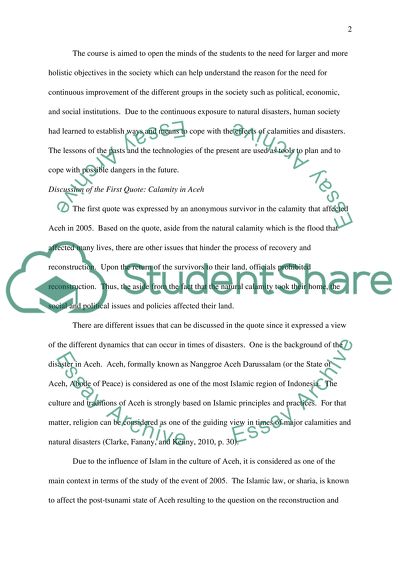Cite this document
(“Catastrophes, Cultures, and the Angry Earth Essay”, n.d.)
Retrieved from https://studentshare.org/environmental-studies/1419237-catastrophes-cultures-and-the-angry-earth
Retrieved from https://studentshare.org/environmental-studies/1419237-catastrophes-cultures-and-the-angry-earth
(Catastrophes, Cultures, and the Angry Earth Essay)
https://studentshare.org/environmental-studies/1419237-catastrophes-cultures-and-the-angry-earth.
https://studentshare.org/environmental-studies/1419237-catastrophes-cultures-and-the-angry-earth.
“Catastrophes, Cultures, and the Angry Earth Essay”, n.d. https://studentshare.org/environmental-studies/1419237-catastrophes-cultures-and-the-angry-earth.


